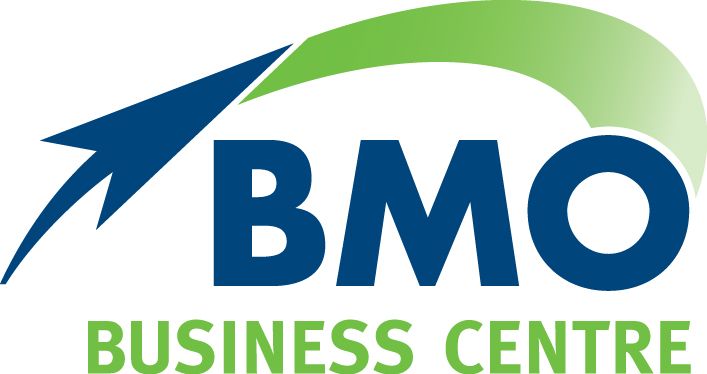Tax Alert December 2016
Record keeping for fleets gets easier
Businesses with large car fleets and superannuation savers will be breathing a sigh of relief following the latest round of tax changes and announcements. Here’s a roundup of some of the latest developments:
Simplified record keeping for fleet cars
The ATO has released the Practice Compliance Guideline 2016/10 i to explain a new simplified approach employers can use for calculating the fringe benefit tax (FBT) on their fleet cars for the 2017 FBT year and beyond. Employers with fleets of 20 or more vehicles can elect to use this new method to work out the business use component and taxable value of car fringe benefits provided to their employees. The simplified approach is designed to reduce the record keeping burden by allowing employers to rely on a representative average business use percentage for the whole fleet. It can be used with fleets of 20 or more ‘tool of trade’ cars provided for extensive business use. Cars used predominantly for private use, those provided as part of a remuneration package, or where the employee chooses the make and model, do not qualify. Employers must also meet several rules relating to the maintenance of log books and hold valid log books for at least 75 per cent of the fleet.
Super proposals change, again
In September, one of the most contentious superannuation tax proposals in the 2016/17 Budget bit the dust with the scrapping of the $500,000 lifetime cap on non-concessional contributions. Instead, taxpayers will have an annual limit of $100,000 on non-concessional contributions, down from the current $180,000 cap. Individuals with a super balance of more than $1.6 million will be ineligible to make non-concessional contributions. As part of the changes the Government also abandoned its proposed removal of the work test for people aged 65-74 wanting to make super contributions. It also delayed the starting date of the proposal to allow ‘catch-up’ concessional contributions for people with super balances under $500,000 until 1 July 2018.
SMSF safe harbour guidance issued
As promised earlier in the year, the ATO has issued SMSF trustees with additional guidance clarifying the circumstances in which it will deem an SMSF to be receiving non-arm’s length income from a limited recourse borrowing arrangement (LRBA). Practice Compliance Guideline 2016/5 ii outlines the three options available if the SMSF’s current LRBA arrangement does not meet the regulator’s requirements:
- alter the terms of its loan,
- refinance through a commercial lender,
- or pay out the LRBA by 31 January 2017.
If the SMSF fails to comply by the deadline and the ATO determines it is receiving non-arm’s length income, it could be taxed at 47 per cent, rather than the normal 15 per cent rate in the accumulation phase.
SuperStream compliance under the spotlight
The ATO has highlighted that employers still paying their Superannuation Guarantee obligations by cheque are not complying with the new requirements of the SuperStream system. Following the 28 October 2016 deadline for SuperStream compliance, employers must now be paying super contributions and sending the corresponding data in an appropriate electronic format to super funds. To assist employers, the ATO has developed a decision tree iii and added a step-by-step guide iv to its website.
ATO checks on ABN registrations
ABN registrations issued to individuals, partnerships and trusts are coming under closer scrutiny, as the taxman is concerned about the high level of new monthly registrations. Currently, around 80,000 ABN applications are being received each month and the ATO is increasingly concerned ABNs may be being issued to taxpayers or entities not entitled to register. The regulator is currently scrutinising a sample of new registrations and the results will be used in future compliance activities.
i Practice Compliance Guideline 2016/10
ii Practice Compliance Guideline 2016/5
iii SuperStream Decision Tree
iv SuperStream step-by-step guide
The post Tax Alert December 2016 appeared first on BMO Accountants.


